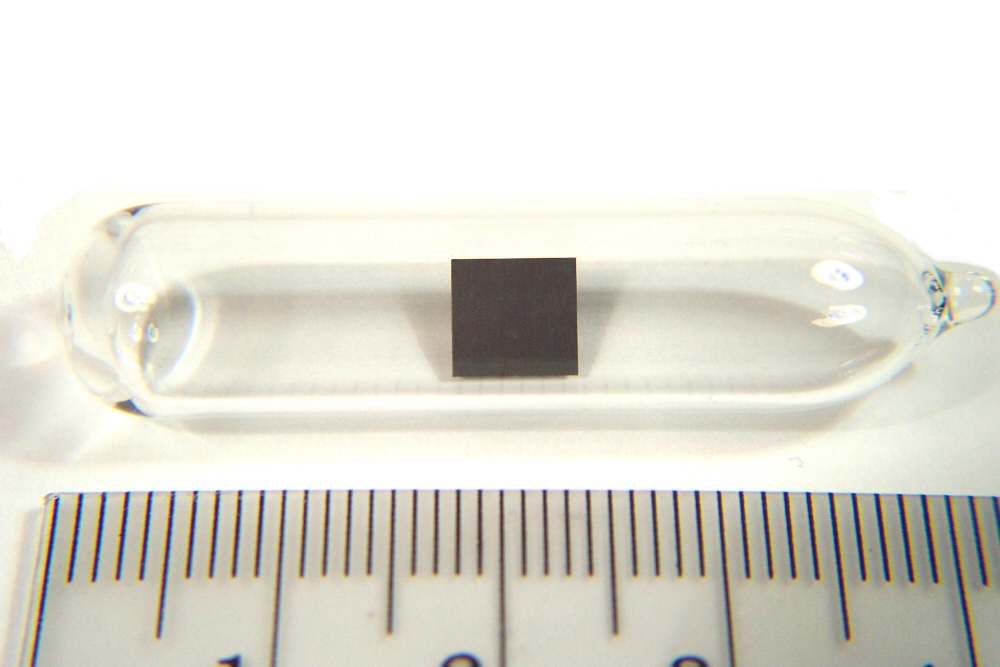Thorium reactor now under construction in China
The thorium reactor is safer than a nuclear reactor that runs on uranium and plutonium. The amount of nuclear waste per kilowatt hour is also much smaller. Now the first is under construction.
Contents
Chinese thorium reactor
The Chinese nuclear energy authority has given permission to build a thorium reactor and operate it for 10 years in the Gobi desert. This is reported by the South China Morning Post, a newspaper from Hong Kong.
A molten salt reactor, such as this one, does not require cooling water. So you can place it anywhere, for example in a sparsely populated area such as a desert.
With 2 MW it is only a small reactor, but if the experiments with this reactor are successful, much larger ones can also be built. Good news for those hoping for cheap and reliable energy.
What is Thorium?
Thorium is a dark gray, slightly radioactive metal. The main application is as part of certain metal alloys and welding electrodes. A century ago, thorium was widely used for lamp wicks, because it produced such a beautiful, clear light.
But thorium also has a second side. It is a so-called fertile material. When thorium absorbs a neutron, it turns into a fissile isotope, which can yield energy if it absorbs another neutron. The Western world, and in its wake the Soviet Union, China and the rest of the world chose uranium and plutonium over thorium. You can make atomic bombs from uranium (and the reaction product plutonium), while that is almost impossible with thorium.
There is four times as much thorium as uranium in the world, and you can use almost all thorium as fuel. No wonder that this alternative to uranium is always being looked at with interest. Including from China, which has a huge need for a reliable domestic energy source.
China, like India, has huge reserves of thorium. If all of these thorium deposits are utilized, it is estimated that they would provide enough energy to meet China’s energy needs for 30,000 years. The choice for a thorium reactor is therefore very logical for China and India.
How does a thorium reactor work?
Just like a home, garden and kitchen nuclear reactor, a thorium reactor works with a controlled nuclear reaction. But unlike a reactor with uranium-235, or plutonium, a thorium nucleus does not immediately split when it absorbs a neutron. This goes in several steps. In the first step, a thorium-232 atomic nucleus changes into thorium-233. This by swallowing a neutron.
This core decays again in two steps to uranium-233. Uranium-233 is fissile and if this nucleus absorbs a neutron, it will fall apart into fragments, polus two or three neutrons. These neutrons are again absorbed by thorium-232, causing the reaction to continue.
In a molten-salt thorium reactor, such as LFTR, the thorium is dissolved as a salt. The actual nuclear reaction takes place in the molten salt. The mixture is adjusted so that neutrons always have to be supplied from outside for the reaction to proceed. This way the reactor is safe. If for any reason the temperature of the salt mixture rises too much, a salt plug melts at the bottom of the reactor. The molten mixture then drains into a receptacle. This passive protection makes this type of reactor very safe. It is also relatively easy to extract radioactive waste from the molten salt.
When will we have thorium energy?
The construction time for the reactor was estimated at six years, but the Chinese engineers managed to reduce this to just three years. The experiments will start in September 2023. Including the first tests to reach a critical amount of neutrons, so that they no longer need to be supplied. The nuclear physicists also test various safe limits.
If China succeeds in getting this prototype working, these small, compact reactors can roll off the assembly line en masse. Because they do not require cooling water, you can literally place them anywhere. A single reactor is sufficient for a large village or residential area. 2 megawatts is not very much. but with ten thousand of these reactors we could supply the whole of the Netherlands with electricity day and night, summer and winter and be 100% CO2 neutral in terms of electricity in one fell swoop.



